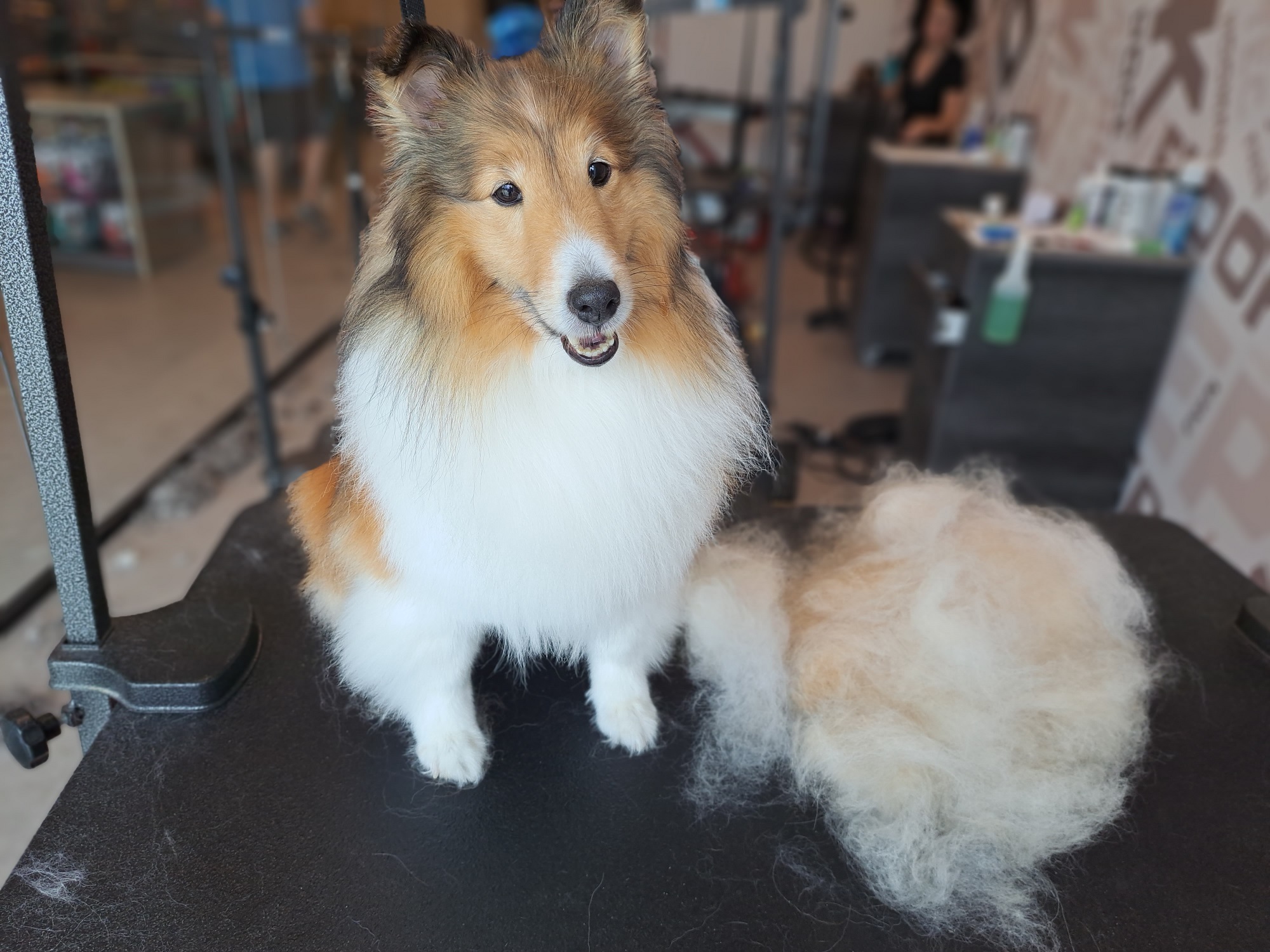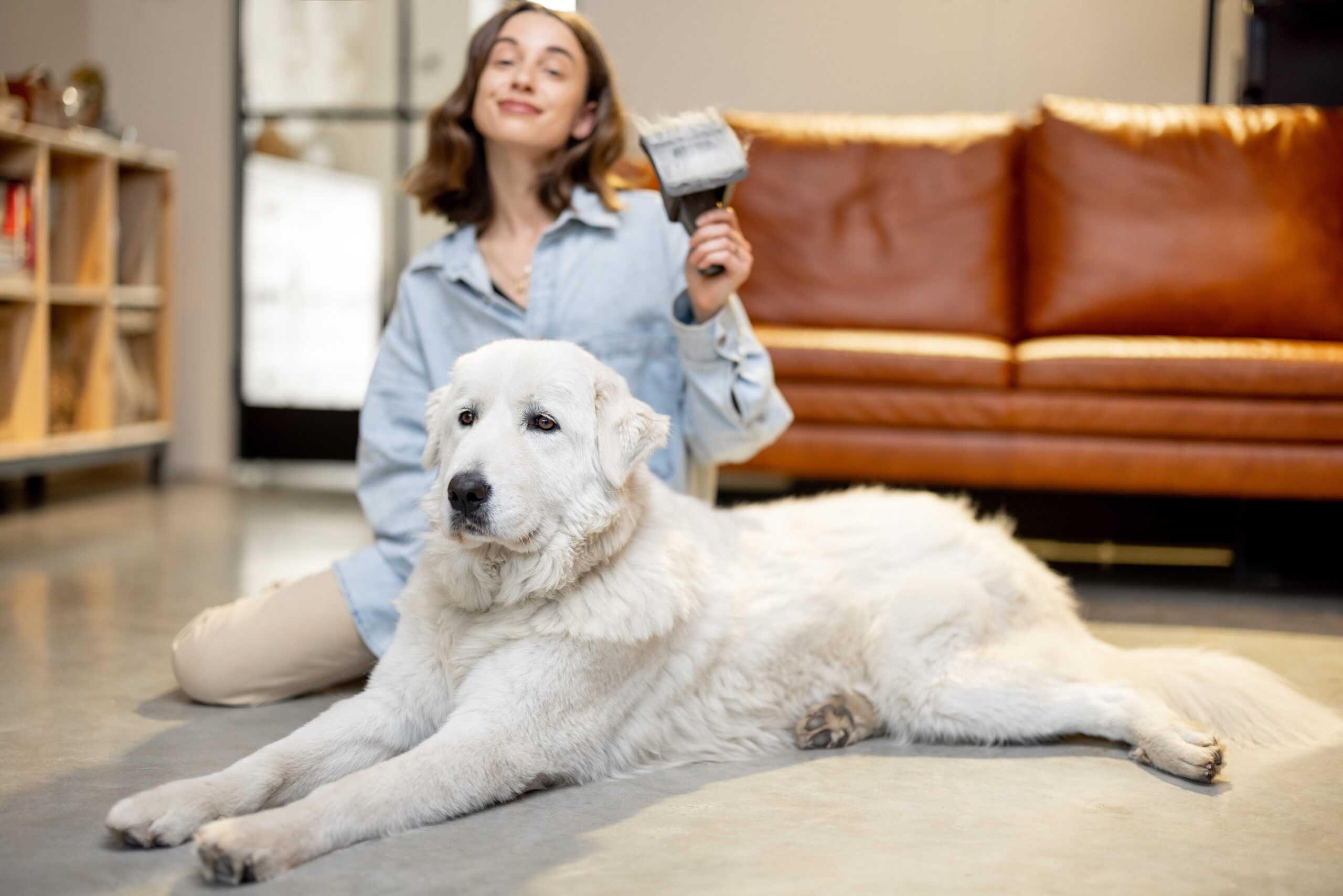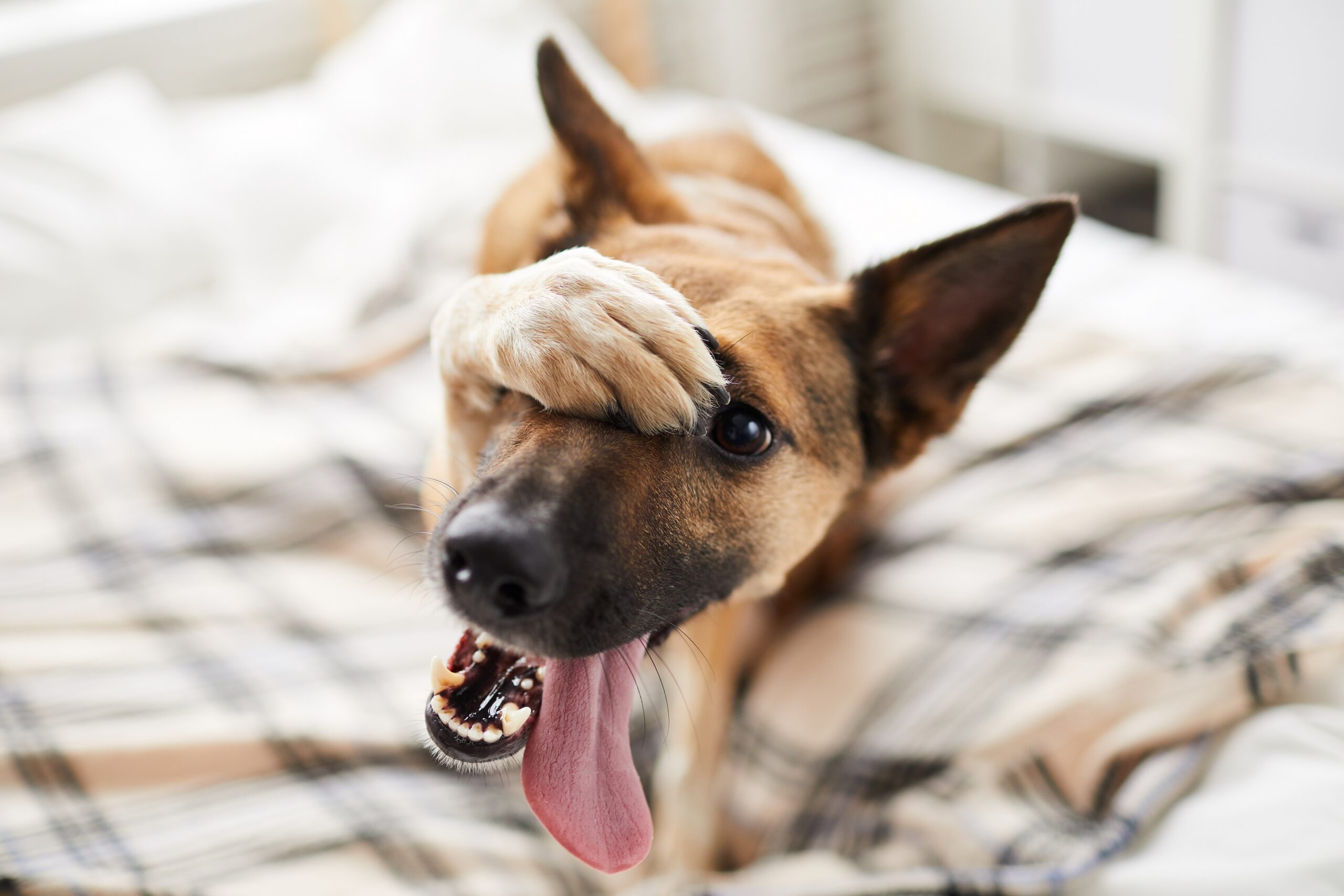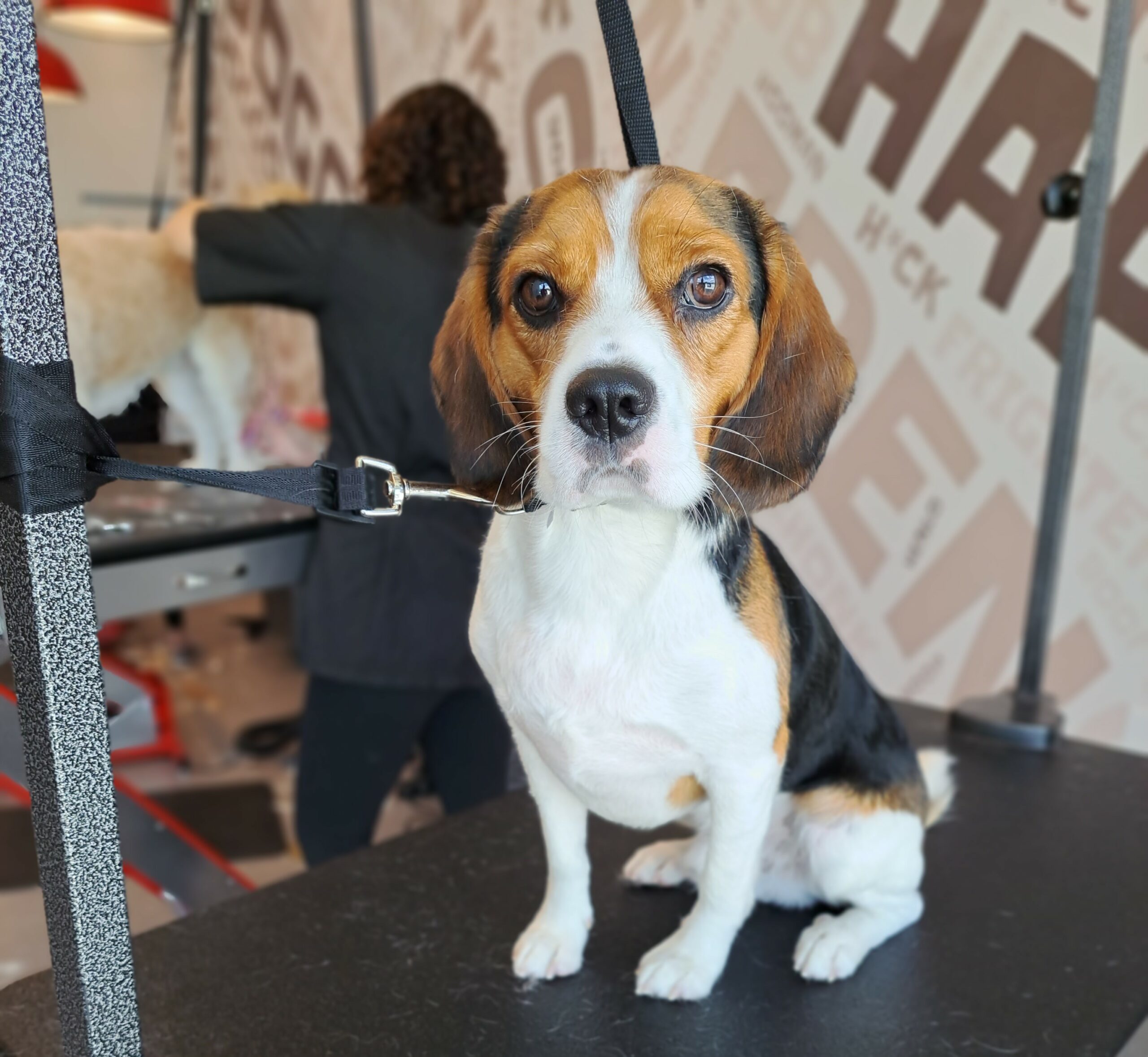Do Dogs Shed More in The Summer?
When do dogs shed the most — and why? And how long does it last?
That would be the Spring and Fall for the Pet Guests that shed the most seasonally. During the Spring become lighter and after the Winter is ready for the heat of Summer. In the Fall it’ll be a change in a coat that causes the shedding. The biggest part of the seasonal coat-blowing phase lasts on average 2-4 weeks while regular shedding lasts throughout the year.
What breeds shed the most?
Siberian Huskies, German Shepherds, Golden Retrievers, Labrador Retrievers, Corgis. Pretty much all double-coated breeds, however, these are the top five I’ve seen that are the most popular in the pet world and known for the amount of shedding they do.
What is an example of typical shedding, and what might be the reasons for atypical shedding? What should a pet parent do about atypical shedding?
Regular shedding would be noticing hair on the floor as well as noticing it coming off the dog when petting. The best thing to do is just brush/comb as usual and you’ll be okay.
Atypical shedding would be those big coat-blowing phases during seasonal shedding, not even necessarily “atypical” but more than the regular year-round shedding. You’ll see undercoats coming out in tufts, it can even look almost matted when it hasn’t been brushed out, we usually use the term “compacted” or “impacted” versus “matted”. When you notice this, I’d recommend taking your pet to the best pet salon in Katy for a de-shed service.
What methods can pet parents do at home to reduce/control shedding cycles, and when do they need a groomer’s help?
If you’re going to own a heavily shedding breed, it’d be wise to invest in a home-use high-velocity dryer (you can get them pretty reasonably priced on amazon around $120, see Shernbao or Flying Pig brands) and a good undercoat rake (also reasonably priced around $20 on amazon). Using the rake at least twice a week and the dryer at least bi-weekly can aid greatly in keeping control of your pet’s shedding. Once the coat is beginning to look impacted, the help of a professional pet stylist is important to ensure your pet’s skin and coat remain healthy.
Something to keep in mind.
“De-Shed” services do NOT 100% stop shedding. They aid in reducing it over time with repeated use. It’s generally recommended to have a de-shed service every 4-8 weeks to maintain a healthy coat with home maintenance in between.
Leave the shedding and mess to the professional pet groomer in Katy! Your local Salty Dawg Pet Salon is equipped with the proper hair products along with the tools and equipment needed to safely and efficiently perform a de-shed service.






